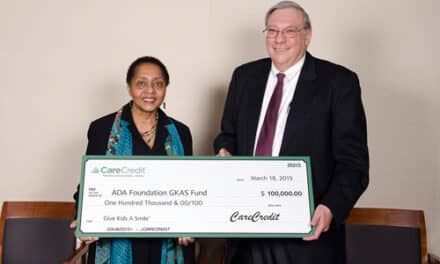The American Association of Orthodontists (AAO) Board recently met in St Louis and approved policy language on medically necessary orthodontic treatment.? The AAO Council on Orthodontic Health Care and the Handicapping Indices Task Force gave a presentation to the Board that addressed proposed parameters for insurance-approved, medically necessary orthodontic treatment.
Going forward, the AAO will support a bifurcated policy structure characterized as traditional orthodontic cases and medically necessary orthodontic cases, to include the use of diagnostic codes (SNODENT or ICD10) in lieu of diagnostic indices. The AAO will call for universally accepted diagnostic records (intraoral and extraoral photos—panoramic image and lateral ceph) for claims submission. In addition, the AAO will support the use of auto-qualifiers to determine medical necessity rather than more subjective indices; and will advocate for higher reimbursement for medically necessary cases.
In addition, the AAO will establish a Board of Trustees committee on medically necessary care, which will collaborate on the policy with the American Dental Association Council on Dental Practice, the Council on Governmental Affairs, and Council on Dental Benefit Programs, including the ADA CDBP Code Maintenance Committee; ?the US Centers for Medicare and Medicaid Services, for further definition of scope of coverage; the National Association of Dental Plans, for use of coding, auto-qualifiers, and universally accepted diagnostic records and higher reimbursement;? and the American Association of Dental Consultants.
The AAO will also assign a committee that will include three representatives each from its Council on Education, Council on Scientific Affairs and Council on Orthodontic Health Care to review the literature on medically necessary orthodontic care. The review is designed to help determine the scientific validity of the AAO’s definition, including the use of auto-qualifiers for medically necessary care.




